Table of Contents
Advantages and disadvantages of biogas: Worldwide interest in renewable energy sources is gaining momentum. Biogas production is continuously growing as more and more people install biogas plants to produce biogas.
Advantages of Biogas
Renewable energy source:
Biogas is produced through anaerobic digestion, a natural process in which microorganisms decompose organic matter in the absence of oxygen. Since organic waste is continuously regenerated, biogas is considered a renewable energy source. Unlike depleting fossil fuels, biogas production can be sustained indefinitely, contributing to long-term energy security and mitigating dependence on non-renewable resources.
Reduction of greenhouse gases:
One of the most significant environmental benefits of biogas is its potential to mitigate greenhouse gas emissions. Biogas plants capture methane, a potent greenhouse gas, that would otherwise be released into the atmosphere during the decomposition of organic waste. By converting methane into biogas and subsequently using it for energy production, biogas systems help reduce emissions, thus contributing to climate change mitigation efforts.
Waste management and pollution reduction:
Biogas production facilitates effective waste management by diverting organic waste from landfills or incinerators, where it would otherwise decompose and emit methane or release harmful pollutants. Anaerobic digestion not only reduces waste volume but also minimizes odors and the risk of groundwater contamination associated with traditional waste disposal methods. Biogas systems therefore play a crucial role in mitigating environmental pollution and preserving public health.
Energy independence and security:
Biogas offers a decentralized energy solution that can be produced locally, reducing dependence on centralized energy infrastructure and imported fossil fuels. By taking advantage of locally available organic resources, communities can increase their energy independence and resilience to external supply disruptions. Biogas production also promotes job creation and economic development opportunities in rural areas, contributing to global energy security.
Different availability of raw materials:
One of the advantages of biogas is its versatility in raw material sources. It can be produced from a wide variety of organic materials, including agricultural waste, manure, food waste, and sewage sludge. This diversity in raw material availability ensures flexibility and resilience in biogas production, as different sources can be used based on regional availability and seasonal variations. Furthermore, the use of organic waste for the production of biogas helps to address the challenges of waste management and, at the same time, generate renewable energy.
Nutrient recycling and improved soil health:
Anaerobic digestion of organic waste produces nutrient-rich digestate, a byproduct that can be used as a biofertilizer. The digest contains valuable nutrients such as nitrogen, phosphorus, and potassium, which are essential for plant growth. By recycling these nutrients into the soil, biogas systems help improve soil health, increase agricultural productivity, and reduce the need for synthetic fertilizers. This closed nutrient cycle promotes sustainable agricultural practices and mitigates nutrient runoff, thus safeguarding water quality.
Energy-efficient technology:
Biogas production systems are highly energy efficient and use organic waste as a raw material and energy source. Anaerobic digestion processes require minimal external energy inputs once established, with the biogas itself serving as a renewable fuel for power generation, heating, or vehicle fuel.
Additionally, biogas plants can incorporate combined heat and power (CHP) systems to maximize energy efficiency by simultaneously producing electricity and using waste heat for heating or cooling purposes. These integrated approaches improve overall energy efficiency and system economics.
Climate resilience and adaptation:
Faced with the impacts of climate change, such as extreme weather events and resource scarcity, biogas systems offer climate-resilient solutions that can help communities adapt to changing environmental conditions. Biogas production diversifies energy sources, reduces dependence on fossil fuels and provides a flexible energy infrastructure capable of adapting to fluctuations in the availability of renewable resources. Increasing resilience
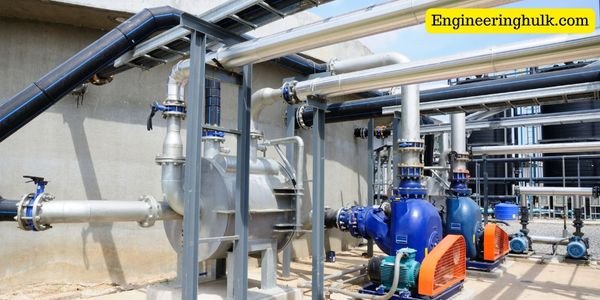
DISADVANTAGES OF BIOGAS
Not Efficient
One of the disadvantages of biogas today is that the systems utilized in biogas production aren’t efficient. There are still no new technologies to simplify the process and make it abundant and cheap. This means that large-scale production to supply a large population is not yet possible. Although the biogas plants available today can meet some energy needs, many governments are unwilling to invest in the sector.
Contains impurities
After refining and compression, the biogas still contains impurities. If the biofuel generated is used to power cars, it can corrode the engine’s metal parts. This corrosion would lead to increased maintenance costs. The gas mixture is much better suited for cooking stoves, kettles, and lamps.
Effect of temperature on biogas production:
Like other renewable energy sources (e.g. solar, wind), biogas production is also influenced by climate. The ideal temperature that bacteria need to digest waste is around 37°C. In cold climates, digesters require thermal energy to maintain a constant supply of biogas.
Less suitable for dense metropolitan areas:
Another disadvantage of biogas is that industrial biogas plants only add up where raw materials are plentiful (food waste, manure). Therefore, biogas generation is much more suitable for rural and suburban areas.
• To power a 1 MW plant, at least 300 hectares are needed, as a minimum usable area. Therefore, large amounts of land must be available;
• The sewage used gives off bad odors: for this reason, the plants must be far enough away from the inhabited areas to guarantee a state of well-being for the citizens;
• Transport: If the plant is located far away, adequate means of transport will be needed to transport raw materials and finished products. Heavy traffic leads to high carbon dioxide emissions; • The use of biomass residues and by-products for gas production is not easy.
Its high concentration of fibers can limit the digestion of bacteria, which involves problems with the mixing and formation of superficial crusts, which leads to an increase in self-consumption and a reduction in plant production.
For more articles click here





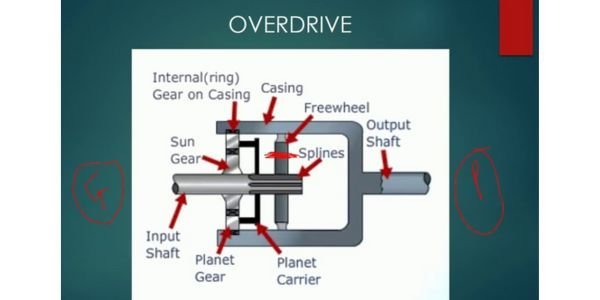



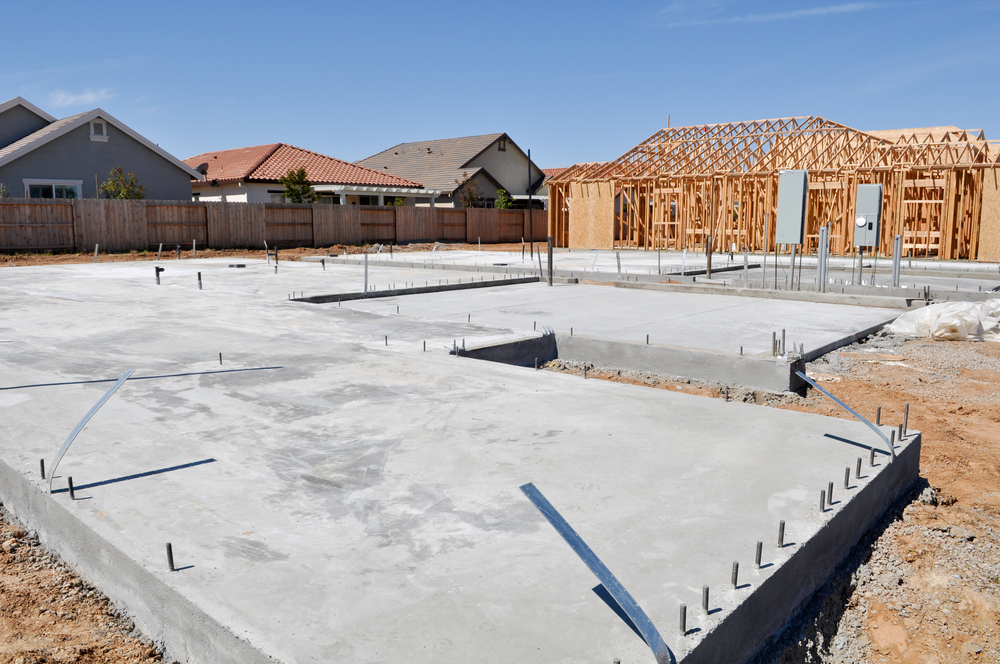
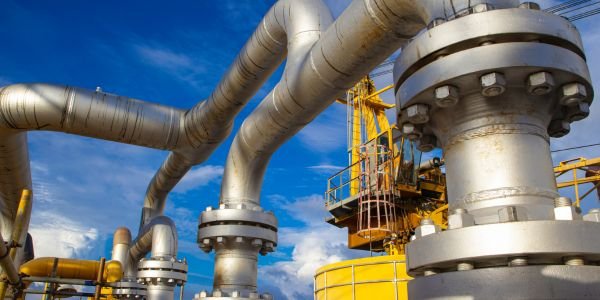
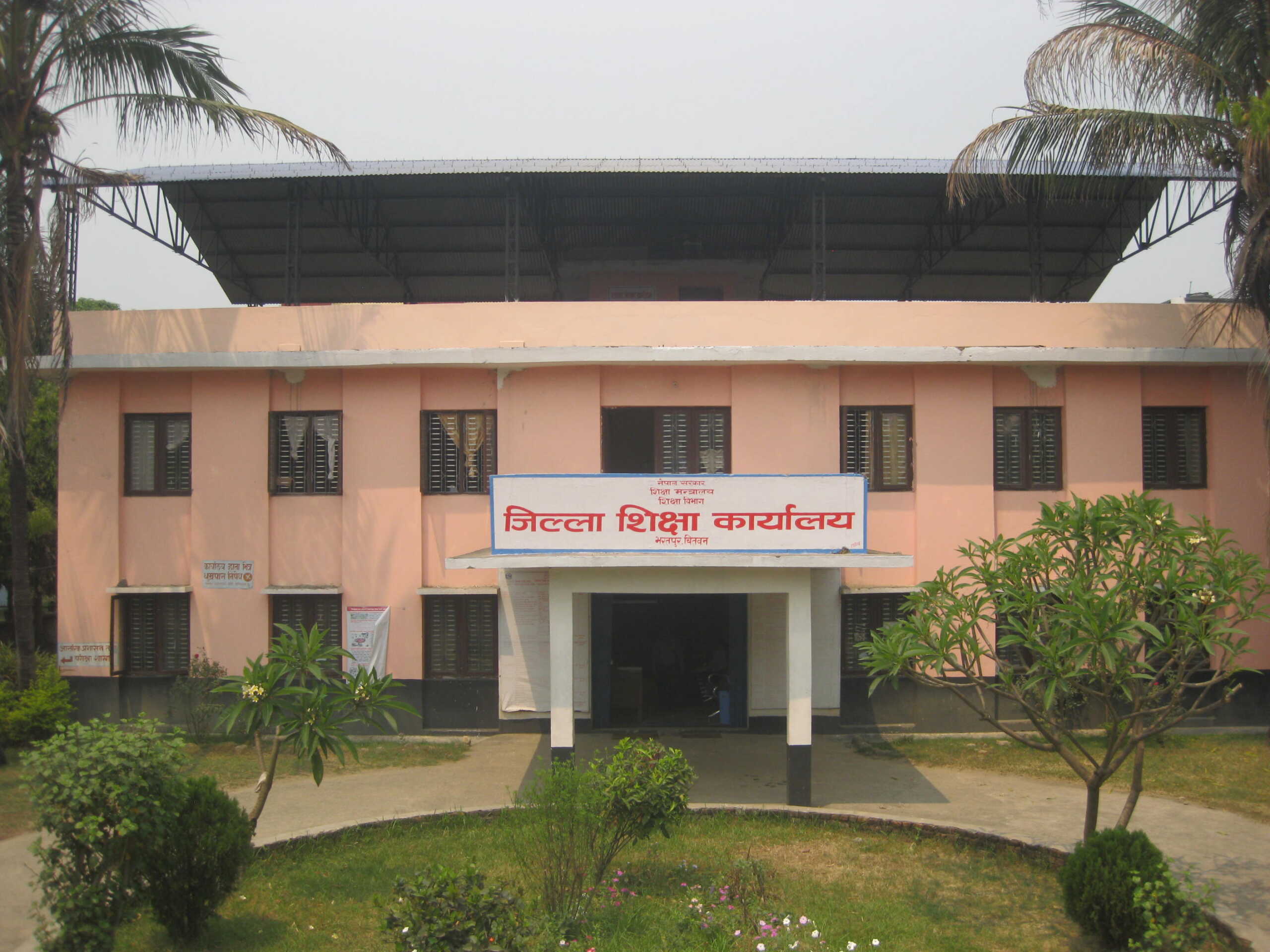


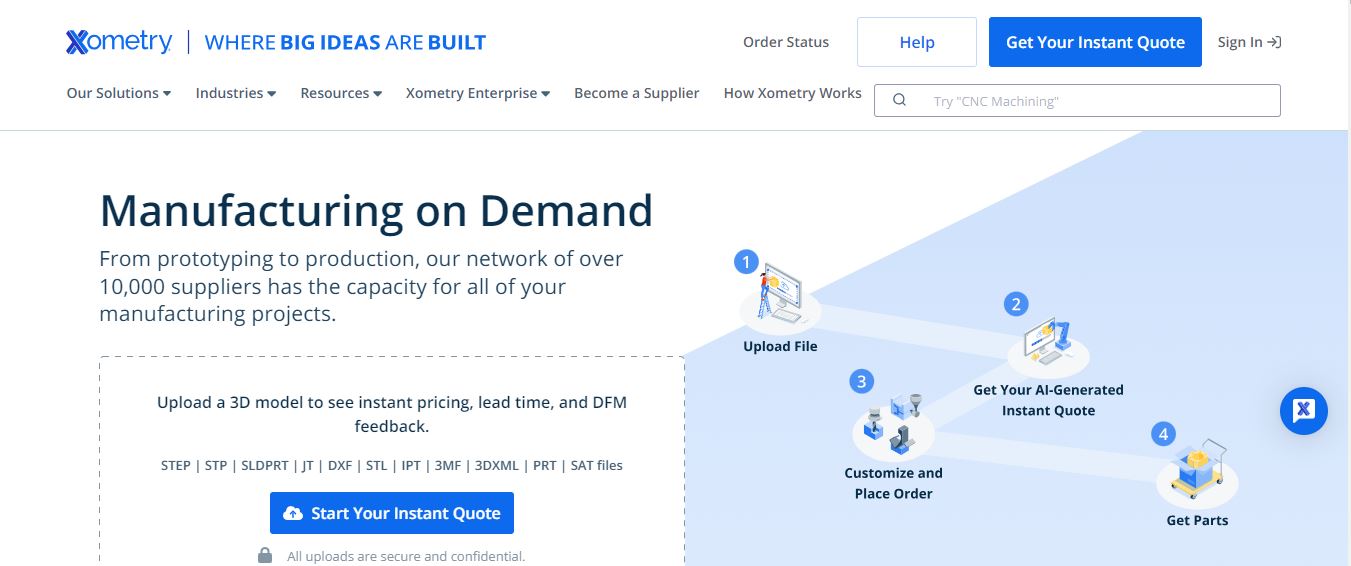


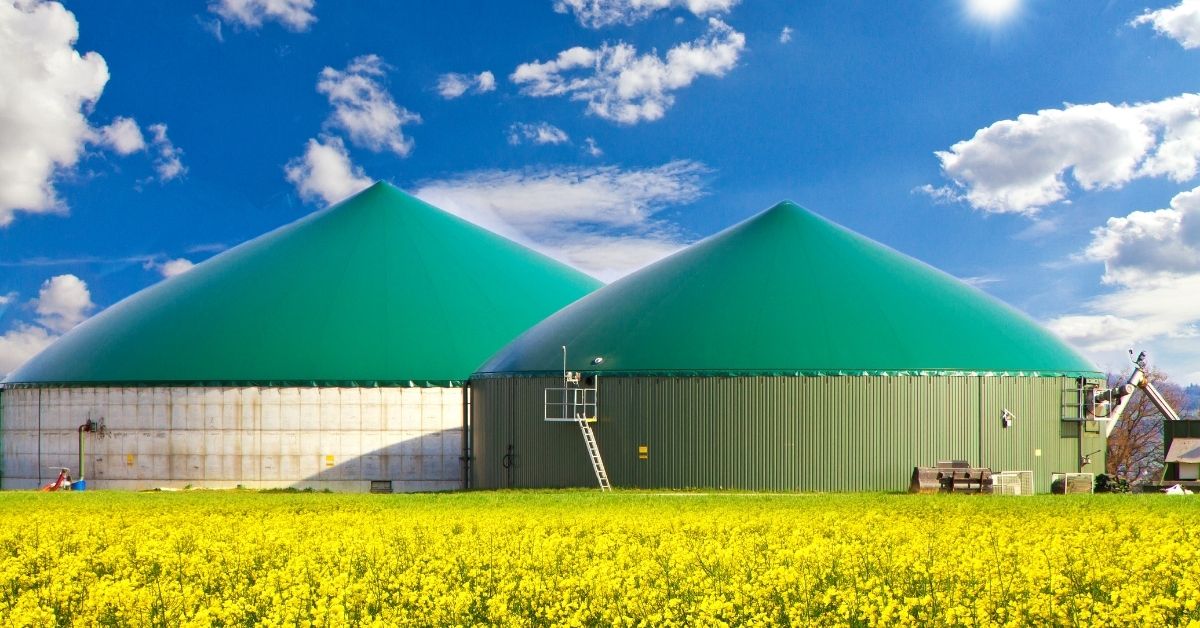

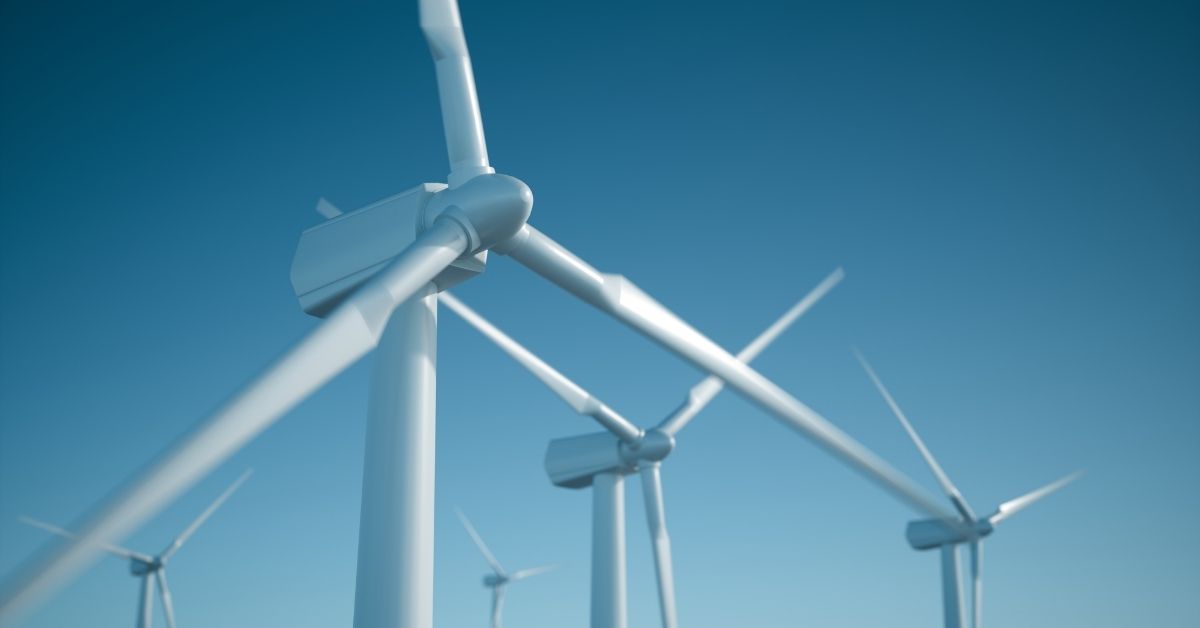



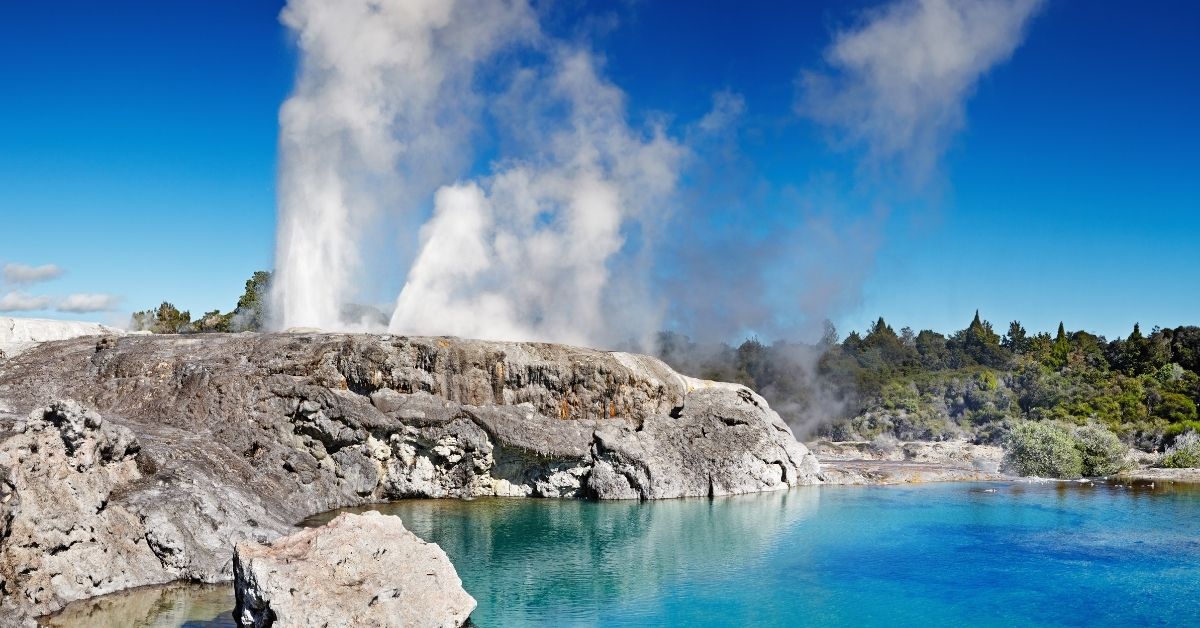
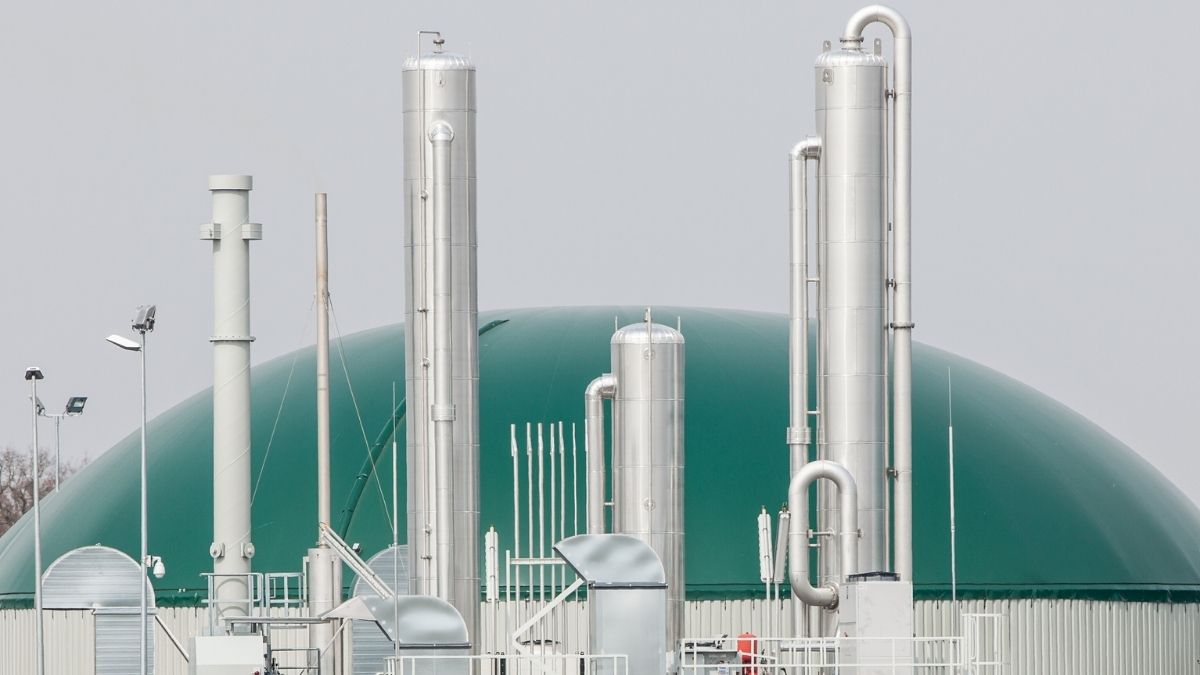
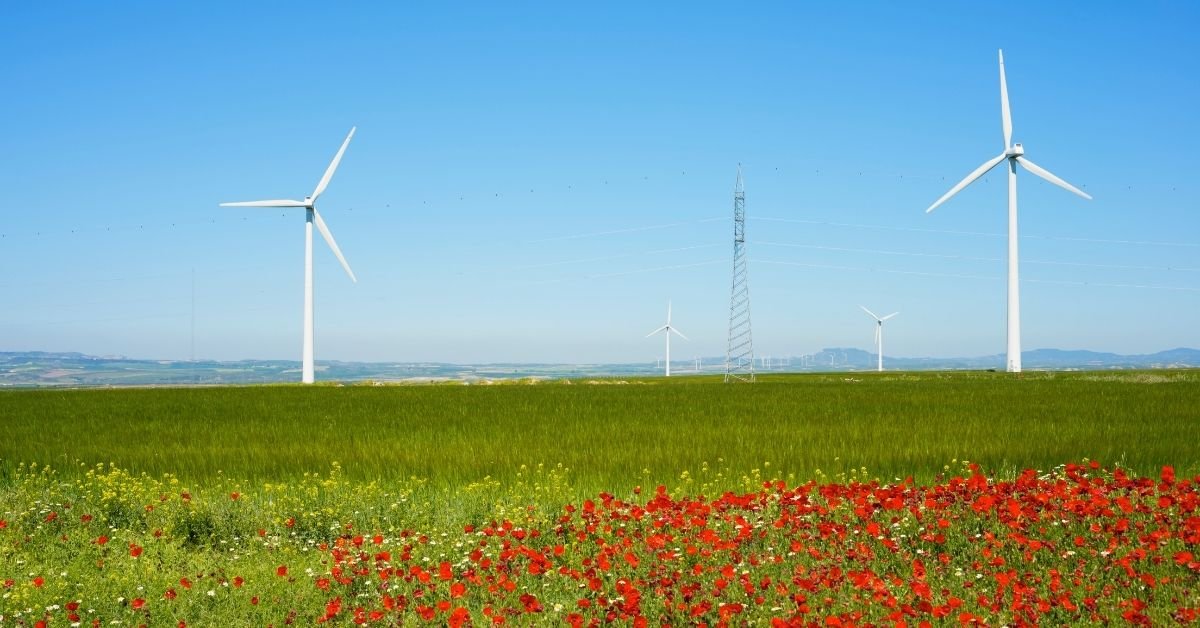
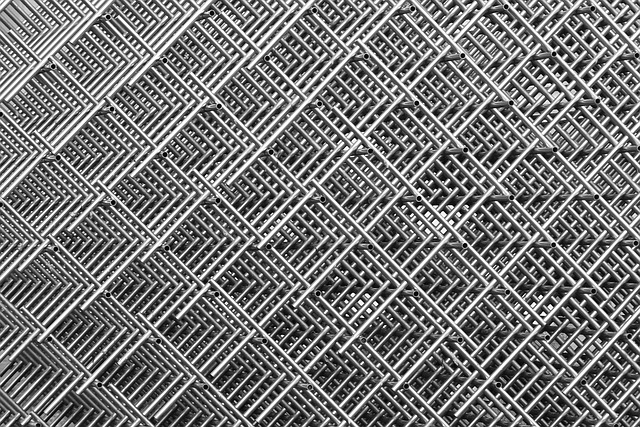


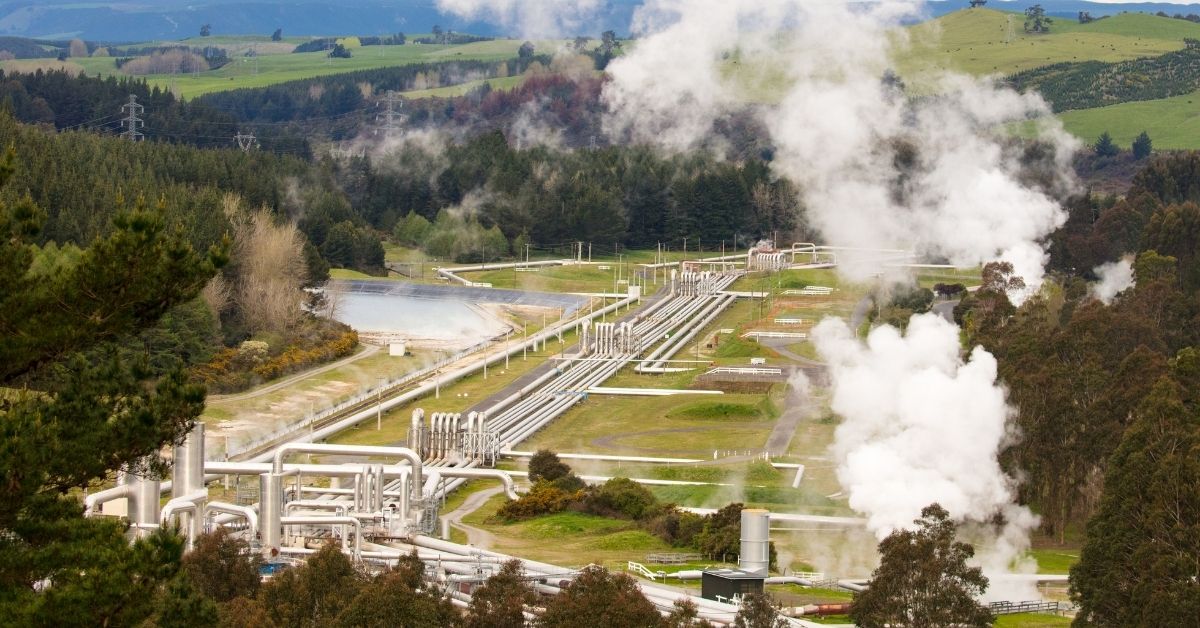
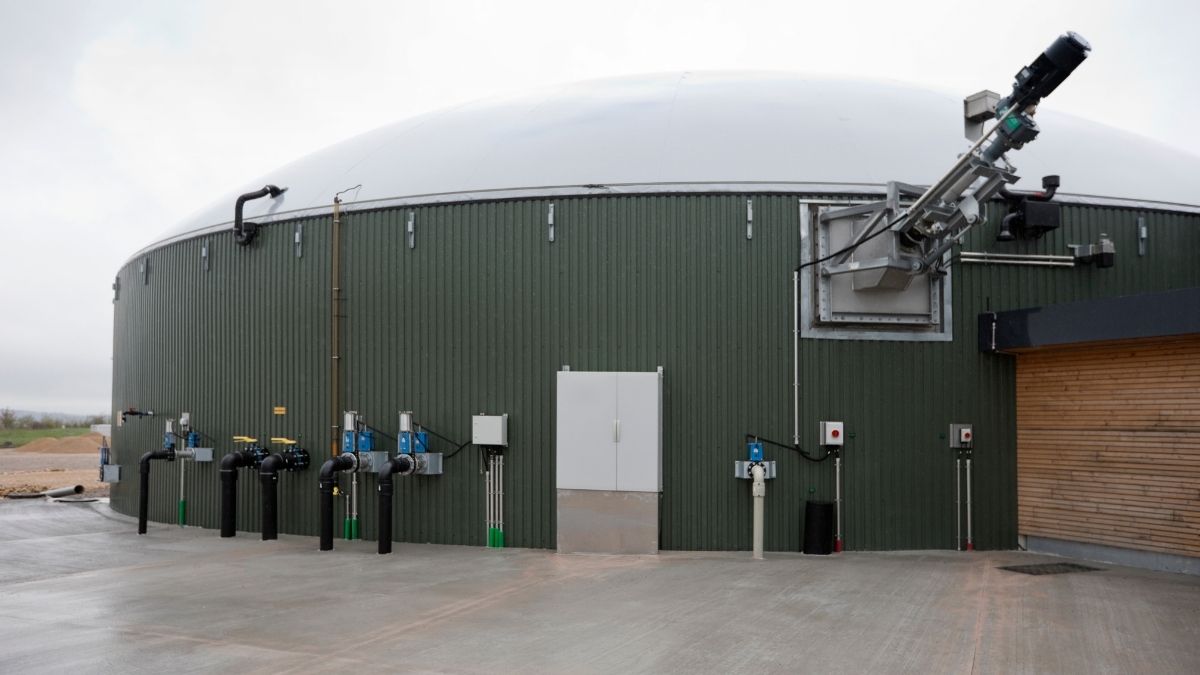
I recently came across your article discussing the advantages and disadvantages of biogas, and I must say it was a very informative and engaging read! You did a fantastic job presenting both sides of the argument, which is essential for readers to make informed decisions. I just wanna let you know if ever you’re in need of a better biogas engine, I highly recommend checking out Biogas Power Generation You can visit their website at https://www.evoet.com.au/product-range-categories/biogas/